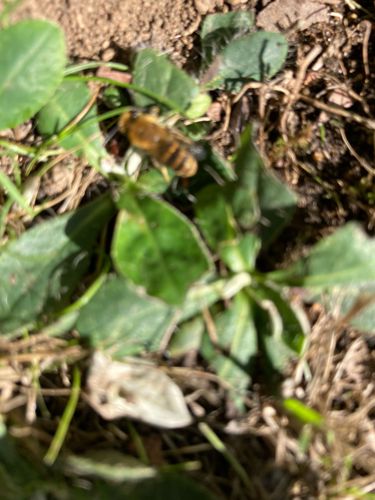Honey Bee
Scientific Name: Apis mellifera
Order & Family: Hymenoptera, Apidae
Size: Workers are typically 10-15 mm (0.4-0.6 inches) long; queens are slightly larger, and drones are robust with larger eyes.

Natural Habitat
Found in a variety of habitats worldwide, especially where flowering plants are abundant. They can live in natural colonies in hollow trees or artificial hives managed by humans.
Diet & Feeding
Honey bees are herbivorous, feeding on nectar and pollen from flowers. Nectar provides carbohydrates (energy), and pollen provides protein, fats, vitamins, and minerals (for growth and development).
Behavior Patterns
Honey bees are social insects living in large, organized colonies. They are known for their intricate communication through 'waggle dances' to indicate food sources, and their ability to produce honey and beeswax. They exhibit sophisticated foraging behavior.
Risks & Benefits
Benefits include being crucial pollinators for many agricultural crops and wild plants, contributing significantly to food production and ecosystem health. They also produce honey, beeswax, and royal jelly, which have economic value and medicinal uses. Potential risks include their sting, which can be painful and cause allergic reactions in sensitive individuals, though they generally only sting when provoked or defending their hive.
Identified on: 9/13/2025